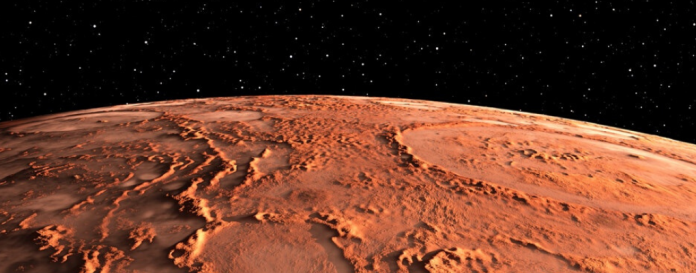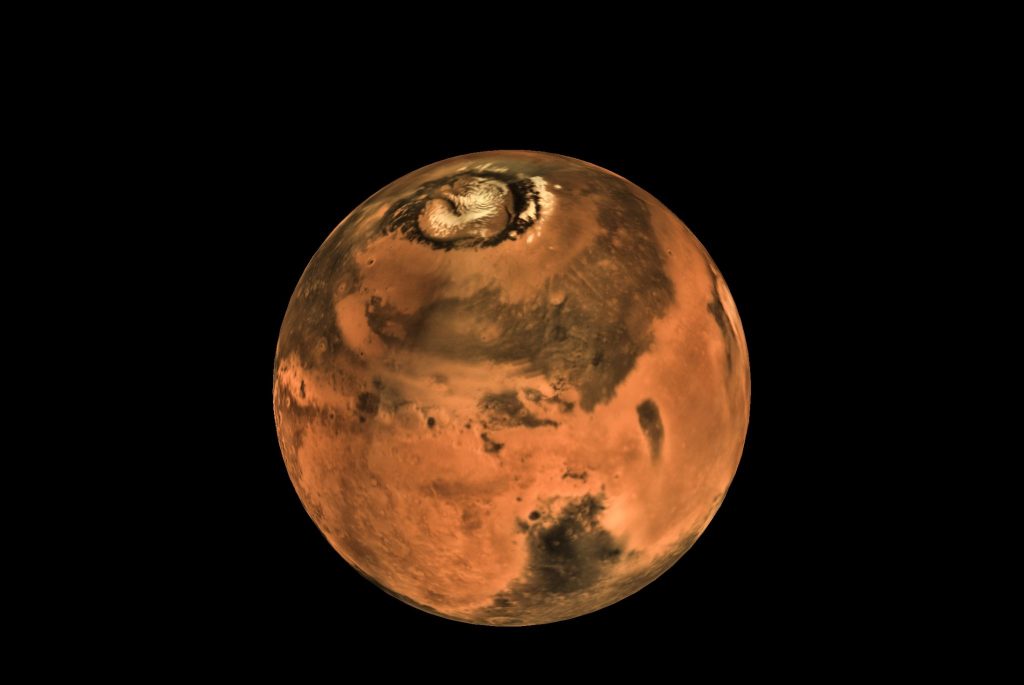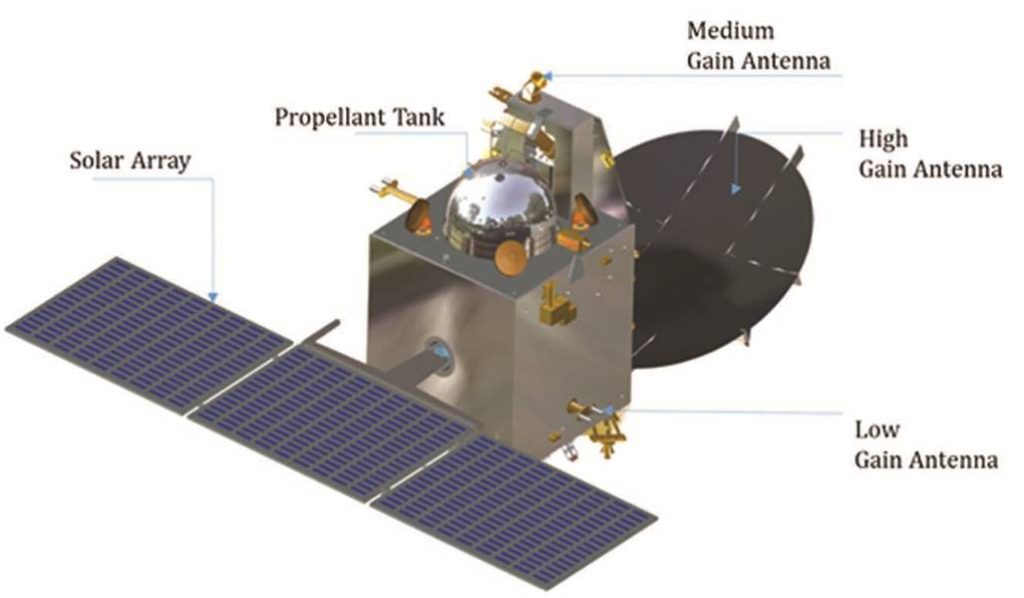
We win some, we lose some but we learn most
Not every space launch is successful, but Mars Mission, Mangalyaan launched from the first launch pad at Satish Dhawan Space Centre SHAR, Sriharikota ISRO has a story to tell. What began as “Mangalyaan mission, on September 24, 2014, meant to last six months, completed five successful years of orbiting Mars. Mangalyaan (meaning Mars craft in Sanskrit) was India’s first interplanetary journey to cross the Earth’s orbit successfully.
India and ISRO earned the title of becoming the fourth country/space agency (after the Soviet space program, NASA and ESA) to reach Mars. Mars Orbiter Mission (MOM) called Mangalyaan was also Asia’s first satellite to Mars.
(Image credit Mars Orbiter Mission –Wikipedia)
Interestingly ISRO had designed and built this orbiter ‘Mangalyaan’ for INR 450 crores, including the launch vehicle, spacecraft and ground cost. The team of around 15 scientists led by K Radhakrishnan Chairman ISRO, worked relentlessly on this project, putting in between 18 to 20 hours of work daily. The indigenous manufacturing attracted tremendous global attention since the cost was even lower as compared to the Hollywood movie ‘Gravity’ and much cheaper than NASA’s Maven Orbiter.
The five years that Mars Orbiter Mission (MOM) or Mangalyaan orbited the red planet, India gathered a wealth of information on the planet. ISRO has been able to collect over 715 pictures totaling two terabytes, through MOM’s – Mars Color Camera (MCC). It was even able to capture close images of Phobos and Deimos, the two moons of Mars. It was MOMs high-resolution camera that was able to take full-disk color imagery of Mars. In the five years, MOM also helped India’s space agency ISRO to prepare a Mars atlas (Martian Atlas) based on the images provided by the orbiter.

MOM spacecraft also lived to tell a tale of ‘whiteout’ geometry in May 2016. A ‘whiteout’ occurs when the Earth is between the Sun and Mars and too much solar radiation makes it impossible for an orbiter to communicate with Earth. This spacecraft came out of ‘whiteout’ geometry successfully on May 30, 2016, continuing its regular course.
MOM spacecraft also managed an orbital maneuver to avoid an 8-hour long eclipse duration for the satellite in September 2017 by using 20 kg propellant for this maneuver.
ISRO chairman AS Kiran Kumar, also proudly said that with the Mars Orbiter Mission, ISRO was able to discover dust storms on Mars that jetted up to hundreds of kilometers and that all of the gathered data by MOMs is being productively used by students and researchers in space studies.

The Mars Orbiter Mission received a lot of rave reviews and honors:
– In 2014, China called it the “Pride of Asia”.
– The team won the Space Pioneer Award in the science and engineering category at the US-based National Space Society Awards, 2015.
– It featured on the cover photo of National Geographic magazine (November 2016 issue) for the story “Mars: Race to the Red Planet”.
– It features on the reverse of the INR 2,000 currency note of India.
In 2024, ISRO plans to launch an advance follow-up mission called Mars Orbiter Mission 2 (MOM-2 or Mangalyaan-2).
Another mission, another world, and MOMs are always right!

India has carved a space in SPACE.

